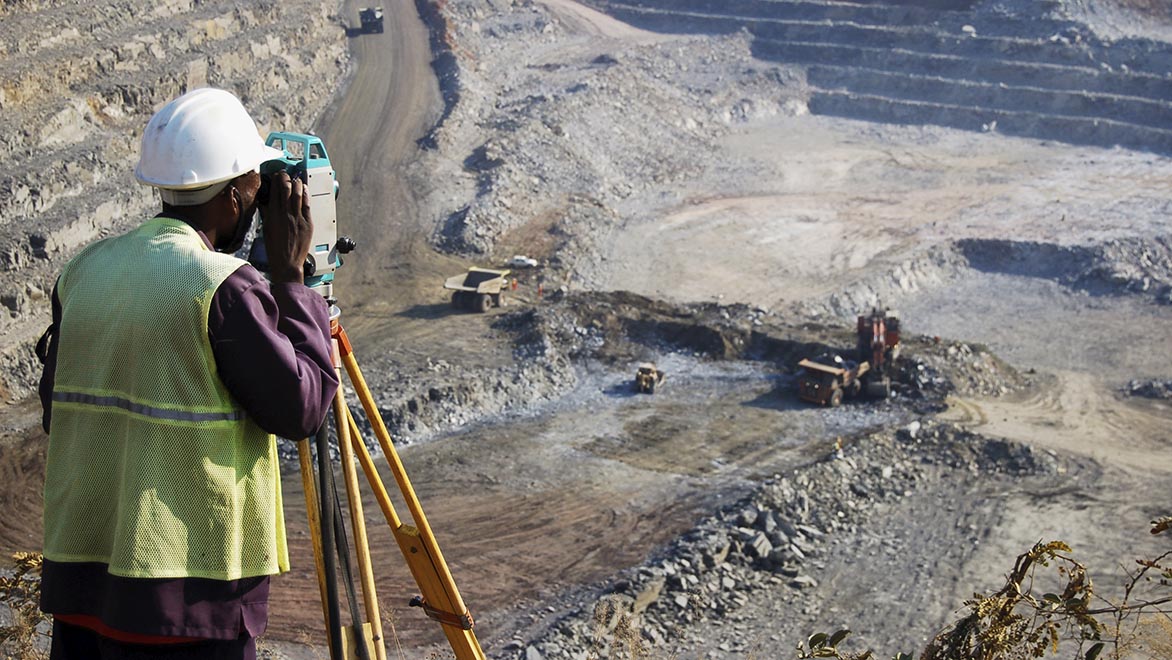The Main Principles Of Geotechnical Engineering For Construction Projects
The Main Principles Of Geotechnical Engineering For Construction Projects
Blog Article
The Single Strategy To Use For Geotechnical Engineering For Construction Projects
Table of ContentsThe 4-Minute Rule for Geotechnical Engineering For Construction ProjectsWhat Does Geotechnical Engineering For Construction Projects Mean?Geotechnical Engineering For Construction Projects Can Be Fun For AnyoneGeotechnical Engineering For Construction Projects for DummiesSome Known Details About Geotechnical Engineering For Construction Projects All about Geotechnical Engineering For Construction ProjectsSome Of Geotechnical Engineering For Construction ProjectsThe 7-Second Trick For Geotechnical Engineering For Construction Projects
Accompanying this increased complexity comes geological and environmental variables that influence the design of the foundation, which is arguably the most integral part of any growth. People require to rely on that structures, bridges, and roads will stand the test of time. A Geotechnical designer advises on exactly how a framework can best be supported offering its unique conditions What's concealed listed below the surface of the ground is most likely one of the most essential piece of information that a Geotechnical Engineer is after.These examples are then examined by the laboratory to figure out soil make-up (Geotechnical Engineering for Construction Projects). The break down of sand, silt, clay, and other products present in the soil, aids the designer establish what special attributes the website has and what the effects of those might be. Certainly soil composition is just one test that can be carried out on examples
Excitement About Geotechnical Engineering For Construction Projects
Based on these tests, there may be more soil borings that are pierced, or the engineer may have sufficient info from the preliminary examinations to make a referral to the customer on just how finest to wage their job. Outcomes are generally reported through borings logs which reveal the soil make-up and attributes at a selection of depths.
Geotechnical engineers are accountable for recognizing the buildings of natural resources and using this understanding to develop secure, affordable styles for building jobs. It is a crucial part of any kind of civil engineering task, as it is made use of to figure out the suitability of a website for building and to make sure the framework's safety and security.
This includes carrying out lab examinations on the samples and making use of geophysical methods such as seismic refraction and electrical resistivity surveys. This data is used to examine the website's viability for building and construction and to establish the kind of foundation that need to be utilized. Geotechnical design analyzes soil conditions, determines prospective risks, picks an appropriate structure system for the suggested structure, and figures out the best structure style for a provided task.
The Buzz on Geotechnical Engineering For Construction Projects
The framework may become unstable or collapse without appropriate soil stabilisation, resulting in costly fixings and prospective injury. The stablizing process involves utilizing various techniques to enhance the security of the soil, such as compaction, grouting, and the enhancement of strengthening products. Without soil stabilization, the risks linked with building tasks would be a lot greater, and the results a lot less reliable.
It is a procedure used to enhance the buildings of soils. Geotechnical engineers conduct website examinations to examine the dirt's residential or commercial properties and recognize possible threats. They likewise design structures and other frameworks that need to be improved the site, thinking about the soil's characteristics. They establish and execute soil stabilization techniques, such as adding cement, lime, or other maintaining representatives, to improve the soil's toughness and stability.
The 7-Second Trick For Geotechnical Engineering For Construction Projects
Geotechnical engineers are necessary in assisting to make certain that dirt stablizing is done correctly to ensure that the framework is secure and protected. Geotechnical design is also made use of to assess dirt problems and identify possible risks. This consists of analyzing possible flooding, landslides, and other natural calamities that can affect the structure.
Geotechnical designers use this expertise to perform website examinations, soil, and rock testing, and to interpret the results to determine the proper style specifications for a job. This details is made use of to ensure that the structure, preserving walls, inclines, and various other structures improved or within the subsurface products have adequate security and resistance to external tons, such as earthquakes, wind, and water.
These structures need a deep understanding of the actions of the subsurface products, as well as the capability to take care of the effect of excavation and building and construction on the surrounding setting. Geotechnical engineers utilize their proficiency to establish the proper design parameters for these frameworks, such as the size and form of the passage, the stamina of the sustaining rock, and the type and quantity of assistance needed.
In enhancement to the design and construction of structures, geotechnical engineering also plays a crucial role in the recovery and maintenance of existing structures. As structures age, they may experience degradation or various other issues that influence their security and performance. Geotechnical designers use their expertise to evaluate the problem of these structures, identify the root causes of the problems, and establish strategies to resolve them.
Geotechnical Engineering For Construction Projects - Questions
In this post, I will talk about the duty of geotechnical engineering and the sorts of problems geotechnical designers resolve. Geotechnical engineers (geotechs) are included in nearly every sort of civil engineering task. After all, every framework is sustained by soil or rock unless it is drifting, flying, he said or dropping.
Geotechs are normally most involved at the beginning of a job. Geotechnical Engineering for Construction Projects. Some of the tasks that a geotech may be liable for are investigating subsurface problems, identifying needed lab testing of soil and rock, More hints translating the subsurface exploration results, and composing records that document the website problems and supply recommendations for structures, fill specs, slope security, etc
It is not unusual for geotechnical designers to specialize in just one of the areas provided above and research that subject their entire career. Geotechnical design is an essential aspect of any kind of civil design task. Despite how terrific a framework is constructed, it will certainly not be terrific for long if the structure is insufficient.
What Does Geotechnical Engineering For Construction Projects Do?

Frequently, things that might not appear vital end up being essential years later when problems arise. One last thing to maintain in mind: geotechnical design is wed to geology. No issue how wonderful your engineering knowledge is, if something essential is missed in the geologic characterization at a website, your proficiency check my site might not conserve you.
Jese lives in West Virginia with his better half and child. He appreciates creeping around on any landslide he can find and hanging out fly fishing on the water. He can be found on LinkedIn. I hope you enjoyed this week's message by guest author Jese Vance. If you have an interest in your company perhaps joining the Civil Design Collective, please call us here or call us at 800-920-4007. I hope you'll join us.
Geotechnical Engineering For Construction Projects Things To Know Before You Buy

It is essential to recognize the dirt problem before designing the type and depth of foundation needed for the framework. In order to know the subsurface dirt problem, a geotechnical examination is needed.
The Facts About Geotechnical Engineering For Construction Projects Revealed
When the examination results come, the Geotechnical Designer evaluations the record, which describes the soil and rock properties groundwater condition and the connected threats. The type of foundation needed to develop the framework is then identified. Based on the suggestion of the Geotechnical Designer, the architectural designer after that designs the structure.
Report this page